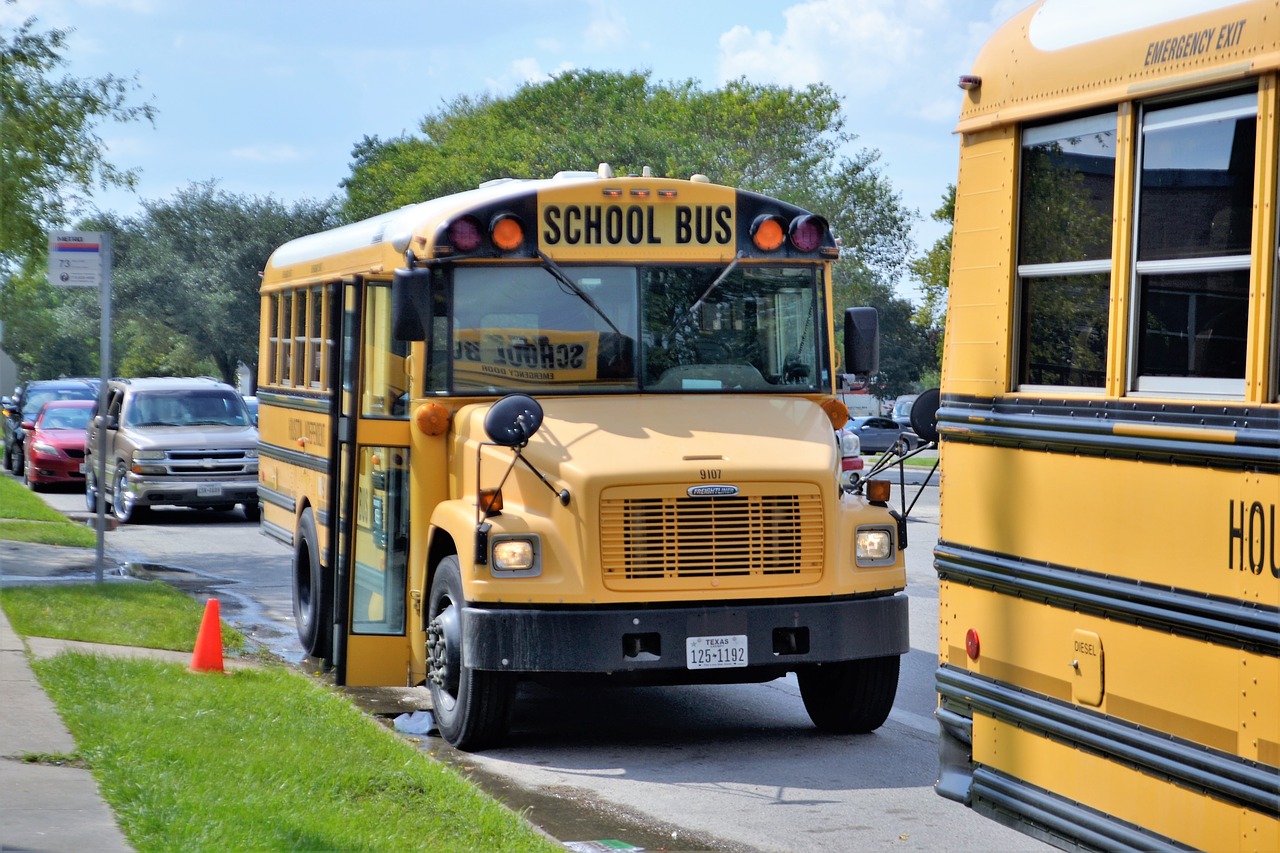
13 Oct Fascinating ways Daylight Saving Time Impacts our School System
Daylight Savings Time (DST) refers to the practice of adjusting our clocks forward one hour in the Spring, then adjusting them back again in the Fall. Sounds simple enough, right? In reality this little adjustment can wreak more havoc that one might think. When we take a look at the educational system and the impact on students learning, we can start to see one of the areas where changing our clocks by just one hour makes a difference, but not for the better.
A Whole School Adjustment
If you talk to parents of young children about the effect of adjusting their clock you will hear some very similar laments. Parents know about how hard it is to get their children adjusted to the shift. While it might only be one hour, this can make a big difference in a household schedule. In many cases both parents and children lose sleep in the days and even weeks following changing the clocks.
Now imagine a school with 200, 500, even 1,000 students. When you add up the cumulative effect of the loss of sleep it can be a big transition. While parents struggle with the adjustment at home, teachers and administrators valuable class time and effort trying to get students back on track.
Kids lose hours of valuable sleep
With busy schedules, sports, clubs and lessons, most kids don’t get enough sleep. Between school and their various activities our children are often more overscheduled than their parents. When we add in the adjustment that is necessary to deal with changing our clocks, it can be a recipe for disaster for young minds that need sleep.
A 2015 study published in the Journal of Clinical Sleep Medicine set out to investigate the impact of Daylight Saving Time on high school students. What they found was that in the days following the change in time, students lost an average of 32 minutes of sleep per night. This might not sound significant but a cumulative sleep loss of 2 hours and 42 minutes (when compared to the baseline week) over just a single week tells a different story. This loss led to a reduction in focus and learning.
Loss of sleep impacts students focus
Ask any teacher what is the biggest obstacle in young students ability to learn and they will tell you – focus. Many kids struggle with focus, and one of the scientifically proven culprits is lack of sleep. Studies have shown that in the wake of DST the average person loses close to 3 hours of sleep in the week following. For kids this can be detrimental to their focus and ability to learn. Considering the average school year is only about 36 complete weeks, losing one week due to time change adjustment can be a difficult obstacle for teachers to overcome.
Impact on our memories
Kids go to school to learn. Well, most do anyway. In order to learn they need to have a sharp mind in so they can commit what they learn to memory. What happens when the impact of sleep loss impacts their ability to remember? The inability to retain information. We’ve all been there. It’s harder to remember when we are not at our best. If an important math lesson or history chapter falls during the week after changing the clocks, students ability to retain that information goes down significantly.
The effect on teachers
It isn’t just the students that are impacted by changing our clocks twice a year. We make it harder on Teachers, too. They are the ones who sometimes take the biggest hit. Not only are they dealing with their own loss of sleep, but they must also try to combat their students exhaustion, lack of focus, decreased memory and even behavioral issues that come from sleep loss. The week following Daylight Saving Time can be very tough for teachers.
What’s best for kids is one time all year
Daylight Saving Time has a negative impact on the educational system and more importantly the students. This seemingly minor adjustment in time leads to some pretty unexpected consequences that can last for weeks. With everything from sleep deprivation to reduction in test scores, kids are negatively impacted by the annual shift. If we want what’s best for our kids, it just makes sense to make the days brighter and use one time all year.
No Comments